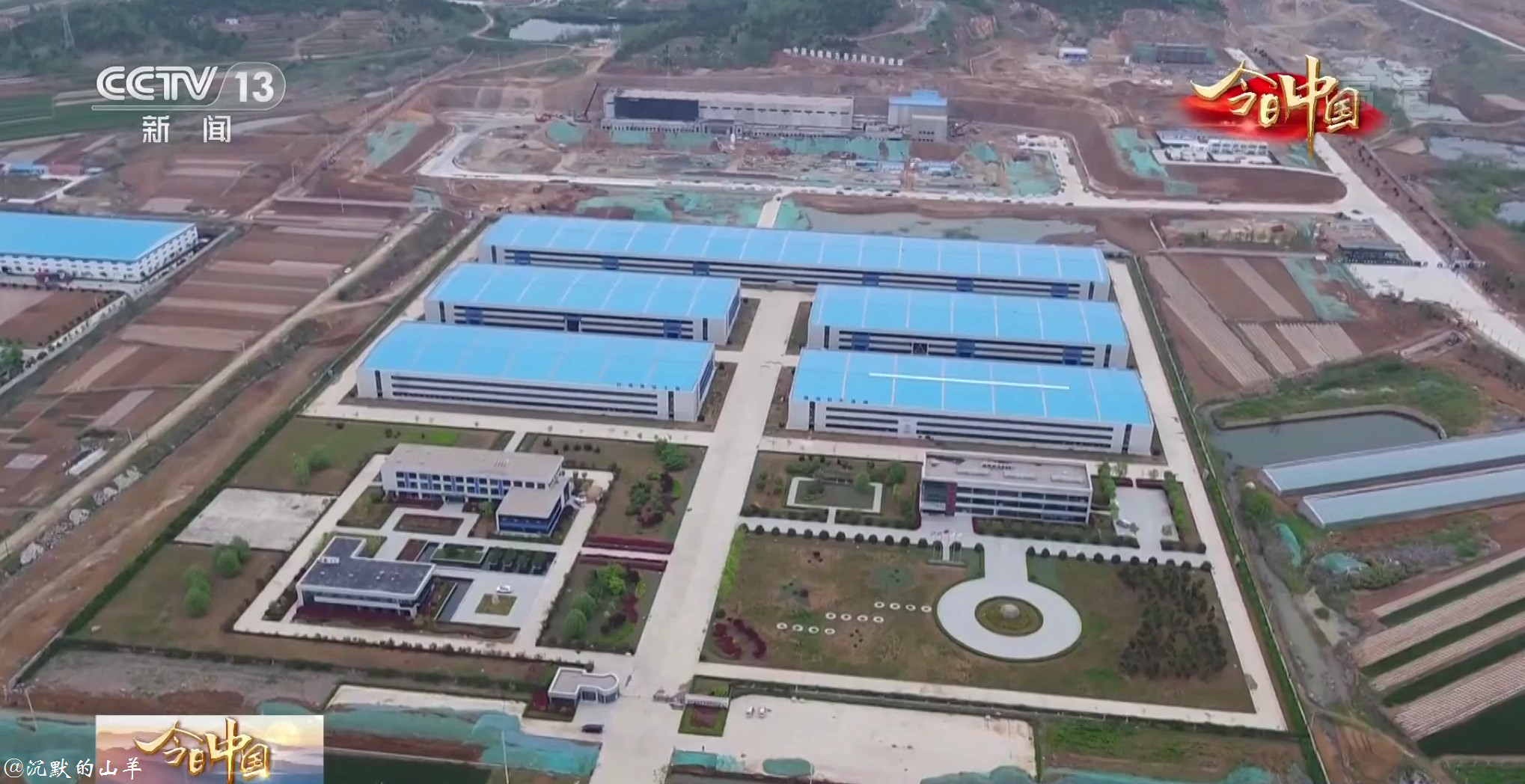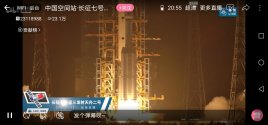You are using an out of date browser. It may not display this or other websites correctly.
You should upgrade or use an alternative browser.
You should upgrade or use an alternative browser.
China's Space Program News Thread
- Thread starter crazyinsane105
- Start date
- Status
- Not open for further replies.
You mean annual Launch capacity?The planned annual production capacity is 20 CZ-11 rockets.
by78
General
The International Astronomical Union has approved China's proposal to name eight lunar surface features near the landing site of the Chang'E-5 rover.
The names are:
- Tianchuan base (Statio Tianchuan), which means ships sailing in the Milky Way.
- Mons Hua (Mons Hua), named after China's Xiyue Huashan.
- Mons Heng (Mons Heng), named after China's Nanyue Heng Mountain.
- Pei Xiu, a geographer from the Western Jin Dynasty.
- Shen Kuo, an astronomer and mathematician during the Song Dynasty.
- Liu Hui, a mathematician of Cao-Wei of the famous Three Kingdoms Period.
- Song Yingxing, a scientist of the Ming Dynasty
- Xu Guangqi, an agronomist, astronomer and mathematician of the Ming Dynasty.




The names are:
- Tianchuan base (Statio Tianchuan), which means ships sailing in the Milky Way.
- Mons Hua (Mons Hua), named after China's Xiyue Huashan.
- Mons Heng (Mons Heng), named after China's Nanyue Heng Mountain.
- Pei Xiu, a geographer from the Western Jin Dynasty.
- Shen Kuo, an astronomer and mathematician during the Song Dynasty.
- Liu Hui, a mathematician of Cao-Wei of the famous Three Kingdoms Period.
- Song Yingxing, a scientist of the Ming Dynasty
- Xu Guangqi, an agronomist, astronomer and mathematician of the Ming Dynasty.




by78
General
You mean annual Launch capacity?
No, annual production capacity. The spaceport has its own rocket factory attached to it.
broadsword
Brigadier
deleted
Might as well design one for Uranus, for some front and back action (no pun intend.... ah who am I kidding!A proposed nuclear-powered Neptune orbiting probe. The planet Neptune remains largely unexplored. Previous probes only performed a cursory flyby, without orbiting the planet for sustained observation. The Chinese proposal calls for a long-term orbital observation probe for Neptune. The probe is to feature a high-powered nuclear reactor in the 10-kilowatt class, coupled with electric propulsion – instead of using conventional chemical propulsion – in order to save weight and achieve the necessary deceleration for insertion into Neptune's orbit. The proposed design will be able to fit onto a LM-5 rocket. The Chinese proposal also envisions using the Earth's and Jupiter's gravity to slingshot the probe to achieve a higher speed, effectively shortening the trip time. The probe has a design life of 15 years. In order to overcome the communication challenges posed by Neptunes large distance to Earth, Ka-band is proposed, to be supplemented by larger antenna apertures and new data encoding techniques to achieve timely communication with home base and sufficient bandwidth for transmitting scientific data.
*Snip*
But really, like Neptune, Uranus is also unexplored, and it's the closer planet which should make exploration easier by comparison.
- Status
- Not open for further replies.










